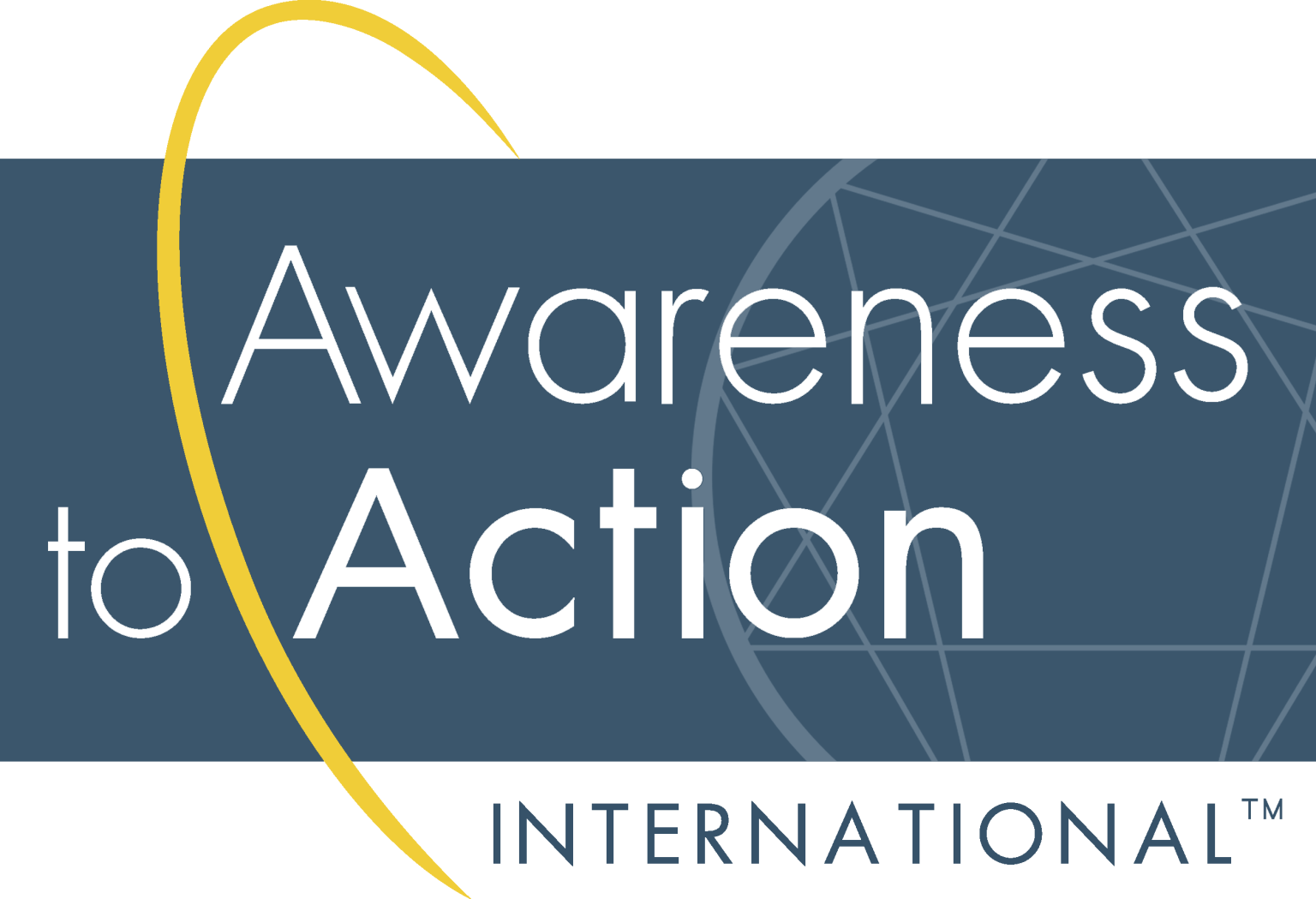Part of an ongoing series on Clear-Thinking Skills. This articles excerpted from “How to Think Well, and Why: The Awareness to Action Guide to Clear Thinking,” which is available in paperback and e-book via amazon.com.
There are many factors that lead to our inability to see clearly. The Awareness to Action Clear-Thinking Framework identifies five factors that contribute to this inability. It starts with the fundamental structures of our brain, and then proceeds outward to “misinformation” (see figure above). While they can be addressed individually, it helps to know that they feed or reinforce each other from the inside out (i.e., personality is reinforced by our built-in biases), but each also reinforces those preceding it (i.e., misinformation reinforces ignorance, the detrimental elements of culture, etc.).
Our Built-in Biases: The Root of Our Troubles
We like to think we see the world clearly, that our perceptions are reliable, that our thinking is logical.
When we take a moment to step back and look at ourselves, however, we realize that this is not always the case. In fact, we often see the world through a variety of filters, our perceptions can be unreliable, and our thinking can be logically flawed.
This is not a new observation, of course; many ancient wisdom traditions are rooted in the idea that we are hindered by illusions and must learn to see clearly in order to become “enlightened.” The modern scientific literature on the inaccuracy and dysfunction of the brain is also vast.
In order to understand how our brains fools us, it helps to understand one fundamental fact about the evolution of the brain: the brain evolved to help us survive, not to help us accurately comprehend the world around us.
Evolution follows a very simple algorithm: That which increases the chances of reproduction tends to get reproduced. This very simple, but very elegant, algorithm, constantly repeated over unimaginably vast amounts of time, accounts for all the characteristics of all the species on our planet.
Our brain has evolved over eons and natural selection has “equipped” it with characteristics to help us survive and reproduce. Sometimes, those very same characteristics actually inhibit our ability to see the world around us accurately. Natural selection has saddled us with intuitions that keep us safe or make our lives easier, and it has wired us so that we will be certain of the accuracy of these intuitions, even when the intuitions are not accurate.
We humans are pattern-spotting marvels, and we are constantly spotting patterns whether they exist or not. When we intuit a pattern, our brain disinclines us to doubt ourselves because it is generally more advantageous to stubbornly believe we see a pattern where it doesn’t exist than it is to doubt that the pattern is real.
To illustrate, let’s go back in time. Four of our distant relatives, let’s call them Fred, Barney, Wilma, and Betty, are walking along and hear a rustle in the bushes. They turn to look in the direction of the noise and Fred and Wilma perceive the pattern of a lion in the bushes, and they run away. Barney thinks he sees something too, but says to himself, “It could be a lion, but I’m not sure.” He trots a small distance but stops to wait and see if he was right in his assumption. Betty doesn’t even see the pattern and wonders why everyone is running.
It turns out that the rustling in the bushes was just the wind, and Betty later has a good laugh at the expense of Fred and Wilma when telling the story to others.
The next day, the four are out for another walk. Again, there is a rustle. Fred and Wilma see the pattern of a lion, and despite Betty’s mocking of them the previous day, again they run. Barney takes a few steps but stops, again, not implicitly trusting his intuitions. True to form, Betty doesn’t see the pattern and stays in place.
This time, however, the rustling is not the wind; it is a lion. Fred and Wilma get away and survive to have babies, most of whom share their brains’ traits. Betty, on the other hand, becomes the lion’s lunch. Barney survives this time but, lacking an implicit faith in his pattern-recognizing intuition, is not long for this world and leaves few or no offspring.
We have these accuracy-inhibiting characteristics “engineered” into our brain because false positives, such as those that Fred and Wilma had a tendency toward, cost us very little. However, false negatives, such as that to which Betty was prone, can be fatal.
Doubting our intuitions, such as Barney did, can do more harm than good. The simple algorithm determines that those with a bias toward seeing patterns that did not actually exist and were overly certain about their intuitions had a better chance of reproducing. We are their offspring. We share their traits–we sometimes see things that aren’t there and we are overly sure of our naive intuitions.
I don’t want to paint too bleak a picture of the situation. In general, the brain does a pretty good job at assessing and interpreting our environment. We are right most of the time. But we are wrong enough that we need help, and this is why the tools related to good, rigorous thinking are critical. They help us get from being “pretty good” in our assessments to “very good.”






